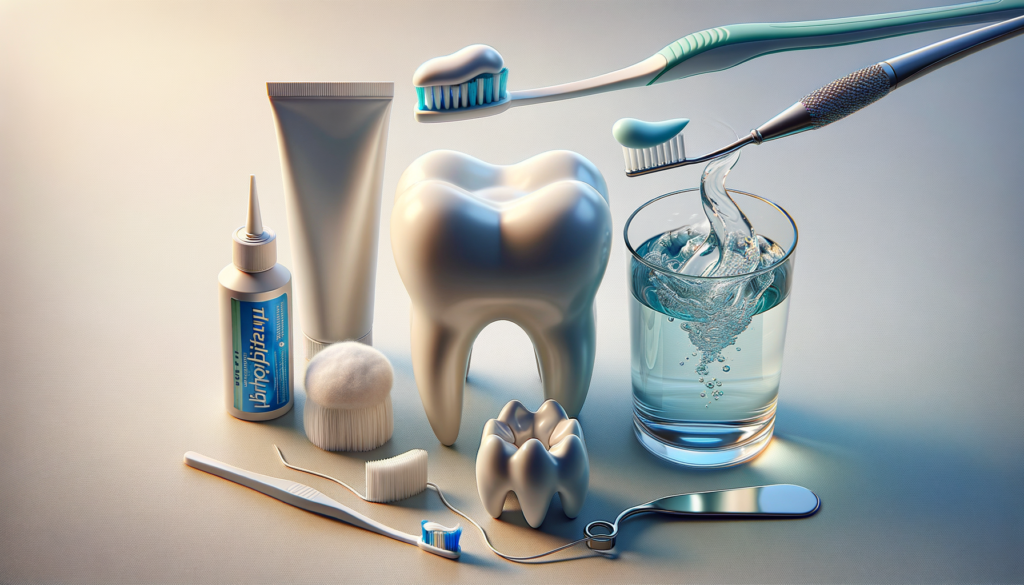The Gaming Blog

How to Clean Your Teeth
Introduction to Oral Hygiene
Maintaining oral hygiene is crucial for overall health and well-being. Proper teeth cleaning not only ensures a bright smile but also prevents numerous dental issues such as cavities, gum disease, and bad breath. Understanding the correct techniques and tools for cleaning your teeth can make a significant difference in your oral health. This article delves into the essential practices for keeping your teeth clean and healthy.
Choosing the Right Toothbrush and Toothpaste
One of the first steps in effective teeth cleaning is selecting the appropriate toothbrush and toothpaste. A soft-bristled toothbrush is generally recommended by dental professionals as it effectively removes plaque without damaging the gums. Electric toothbrushes are also a popular choice due to their ability to provide a more thorough cleaning with minimal effort.
When it comes to toothpaste, options vary widely. Look for fluoride toothpaste, which is known for its ability to strengthen tooth enamel and prevent decay. Additionally, consider toothpaste with ingredients that address specific concerns such as sensitivity or whitening. Always consult with your dentist to determine the most suitable products for your needs.
Proper Brushing Techniques
Brushing your teeth correctly is as important as the products you use. Begin by holding your toothbrush at a 45-degree angle to your gums and gently move it back and forth in short (tooth-wide) strokes. Be sure to brush all surfaces of your teeth, including the outer, inner, and chewing surfaces. Don’t forget to brush your tongue as well, as this can help remove bacteria and freshen your breath.
A common mistake is brushing too hard, which can lead to gum recession and enamel wear. Instead, use gentle pressure and take your time, spending at least two minutes brushing to ensure a comprehensive clean.
Flossing and Its Importance
Flossing is an integral part of oral hygiene that many people overlook. It helps remove food particles and plaque from between the teeth and under the gumline, areas that a toothbrush cannot reach. To floss effectively, use about 18 inches of floss, winding most of it around your middle fingers, and hold the floss tightly between your thumbs and forefingers.
Gently slide the floss between your teeth and curve it into a C-shape against one tooth, moving it up and down. Repeat this process for each tooth, using a clean section of floss each time. Regular flossing can significantly reduce the risk of gum disease and cavities.
The Role of Mouthwash in Oral Care
Mouthwash can be a beneficial addition to your oral care routine, offering extra protection against bacteria and freshening your breath. Antimicrobial mouthwashes can help reduce plaque and prevent gingivitis, while fluoride rinses can aid in strengthening tooth enamel and preventing decay.
When selecting a mouthwash, consider your specific oral health needs and consult with your dentist if necessary. Remember that mouthwash should not replace brushing and flossing but rather complement these practices for optimal oral health.
Conclusion
Maintaining clean teeth requires a combination of the right tools, techniques, and consistent habits. By choosing suitable products, employing proper brushing and flossing methods, and incorporating mouthwash into your routine, you can ensure effective oral hygiene and a healthy smile. Regular dental check-ups are also essential to address any potential issues early and keep your teeth in excellent condition.









